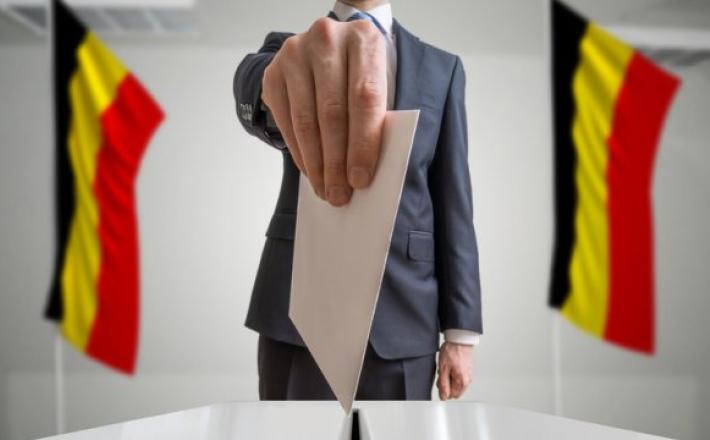Voting for Women in Belgium's Flexible List System
Abstract
Proportional electoral systems tend to be more beneficial for women's descriptive representation than majority systems. However, within proportional systems the gender equality of election outcomes differs, highlighting the importance of studying the actual use of electoral provisions in proportional representation (PR) systems. Therefore, we investigate the determinants of voting for female candidates in Belgium's local elections. This case is particularly interesting given the equal number of men and women on the candidate lists due to quota regulations, the possibility to cast multiple preference votes (lowering competition), and the high visibility of these local elections and its candidates. At the individual level, we find that women are more likely than men to vote for several women, yet same-sex voting is more common among men. Politically sophisticated respondents vote more often for candidates of both sexes. Against our expectations, a left-wing orientation does not increase the likelihood of voting for women. At the electoral district level, a larger supply of women at the top list position increases the chance to vote for this top woman, but there is no spillover effect to women lower on the list. District magnitude affects the number of preference votes but, against expectations, not the likelihood of voting for women.
Click here to access the paper.

Abstract
Proportional electoral systems tend to be more beneficial for women's descriptive representation than majority systems. However, within proportional systems the gender equality of election outcomes differs, highlighting the importance of studying the actual use of electoral provisions in proportional representation (PR) systems. Therefore, we investigate the determinants of voting for female candidates in Belgium's local elections. This case is particularly interesting given the equal number of men and women on the candidate lists due to quota regulations, the possibility to cast multiple preference votes (lowering competition), and the high visibility of these local elections and its candidates. At the individual level, we find that women are more likely than men to vote for several women, yet same-sex voting is more common among men. Politically sophisticated respondents vote more often for candidates of both sexes. Against our expectations, a left-wing orientation does not increase the likelihood of voting for women. At the electoral district level, a larger supply of women at the top list position increases the chance to vote for this top woman, but there is no spillover effect to women lower on the list. District magnitude affects the number of preference votes but, against expectations, not the likelihood of voting for women.
Click here to access the paper.